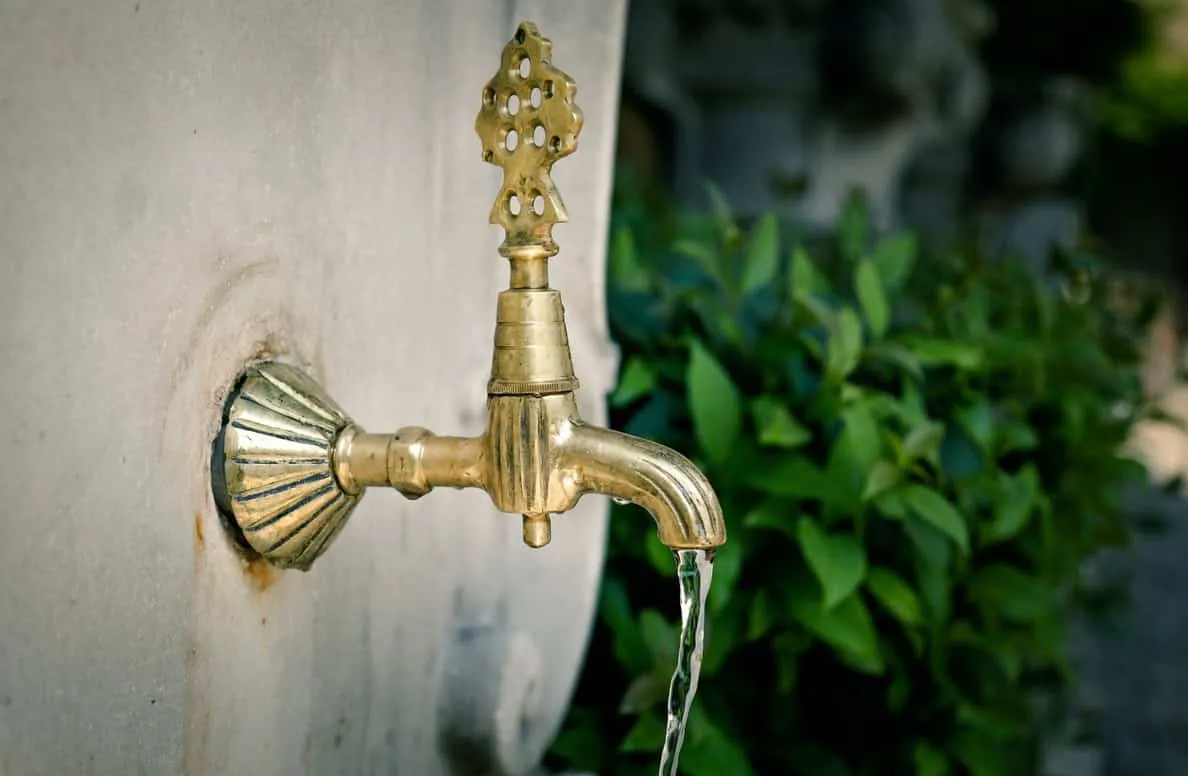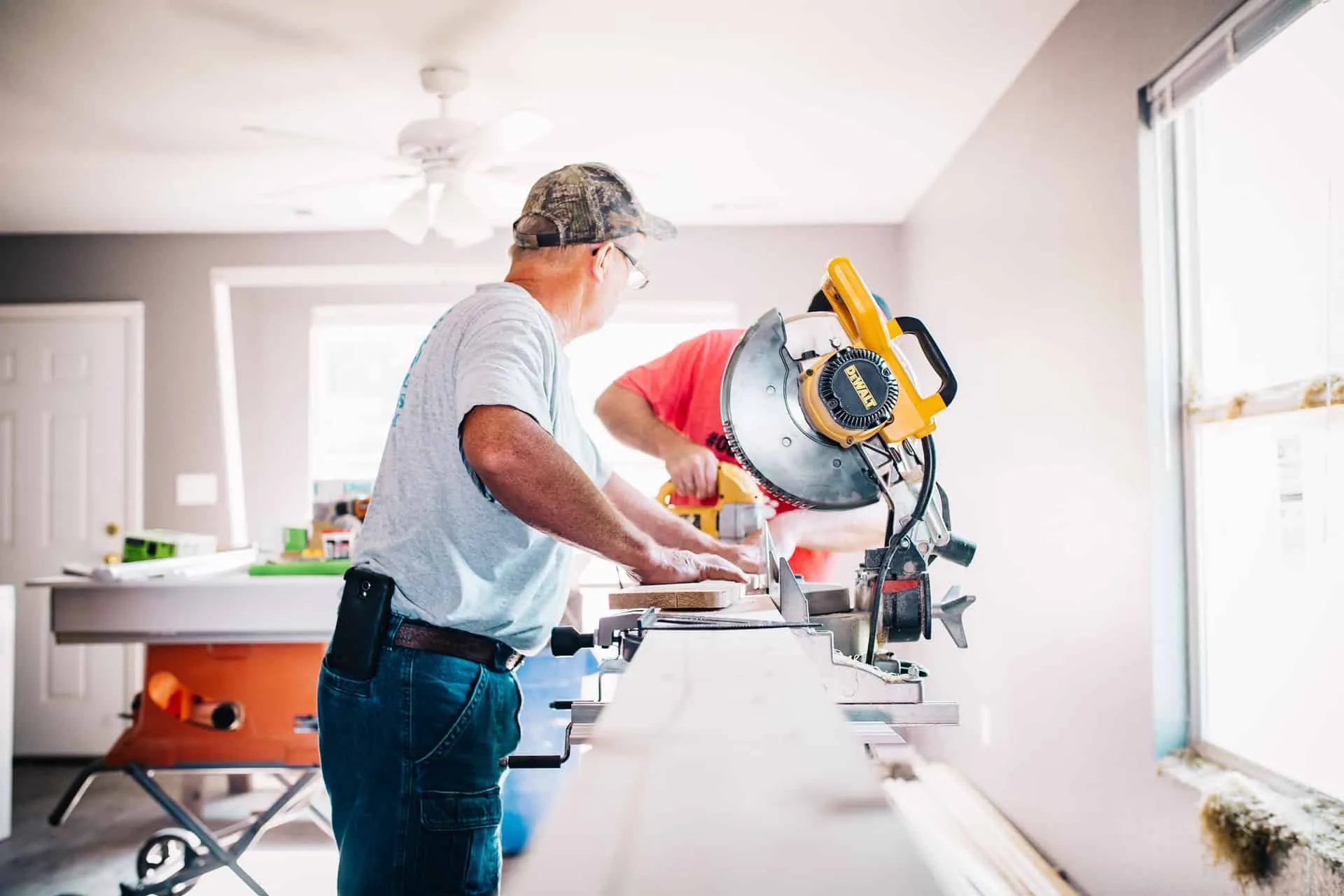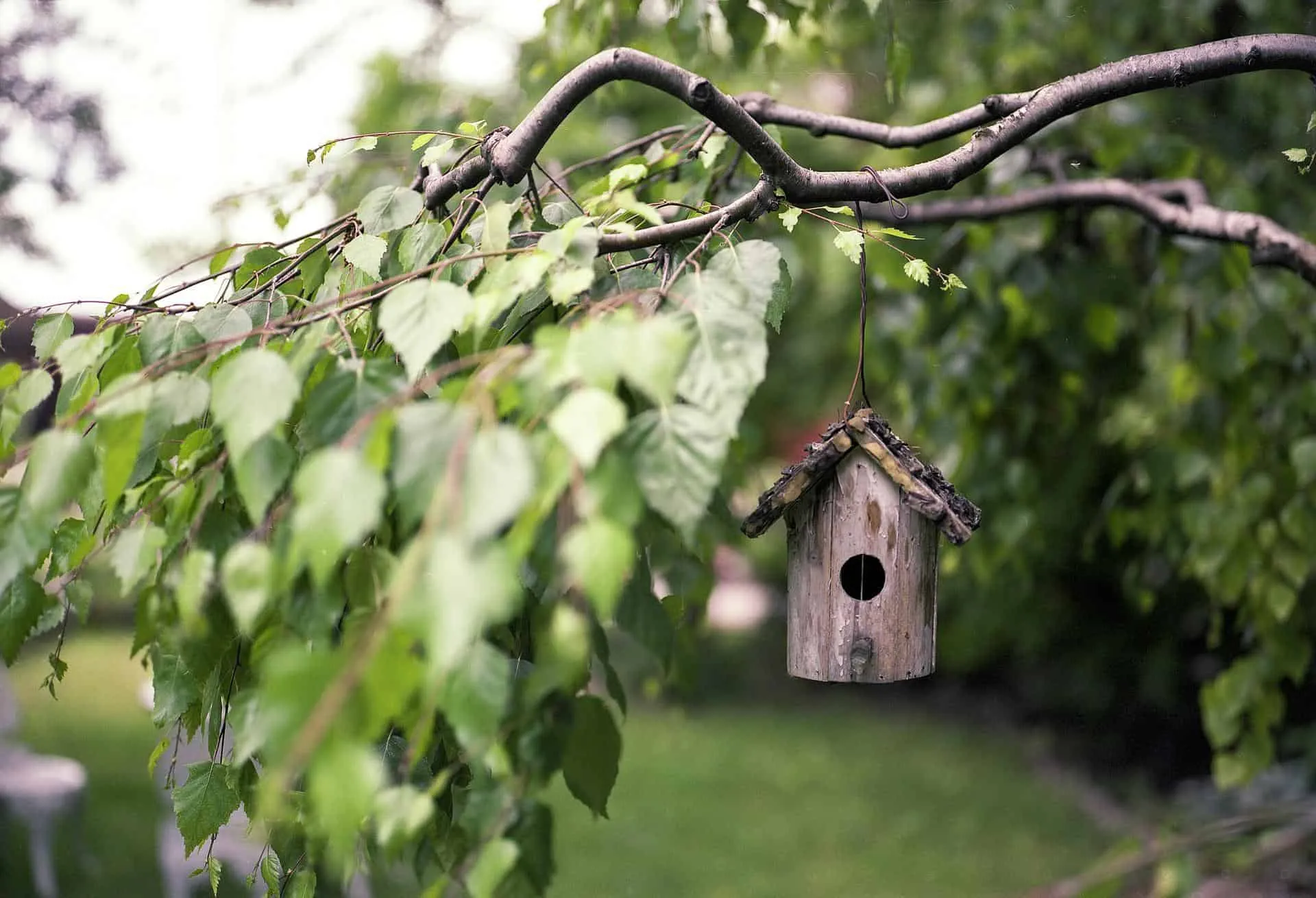There can be your advertisement
300x150
7 Types of Outdoor Faucets to Consider When Updating Your Garden
When choosing an outdoor faucet, you may not know where to start and, of course, do not want to choose the cheapest option, but the most expensive is not always the best.
Source
When choosing an outdoor faucet, you may not know where to start and, of course, do not want to choose the cheapest option, but the most expensive is not always the best.

Source
Several different types of outdoor faucets meet homeowners' needs.
To ensure you have the right faucets at Plumber Spot, we'll break down everything you need to know about types of outdoor faucets on the market today.
Frostproof Faucet
Frostproof faucets must be frost-resistant if the homeowner lives in a cold climate.
Usually, when water freezes below zero degrees, the hose freezes and cracks. Moisture trapped in faucets expands when frozen and damages pipes.
A frostproof faucet is made from an extended metal pipe that goes inside the house. The valve allows water to pass through it, and the water remains inside the valve.
Unlike traditional faucets, frostproof faucets protect against freezing and minimize damage in cold climates.
Hose Bib (Hose Faucet)
Hose bibs, also known as hose faucets, are the main faucets used in many homes.
The primary purpose is to help with yard work, whether it's filling containers with water or repairing a garden hose. Most homes have hose bibs outside the house, and some are located on the back or side.
The main issue with this outdoor water faucet is that they are not weatherproof, so they don't work well in freezing conditions.
Water can remain inside hose bibs, which freezes during cold weather, causing faucet damage as ice expands.
Anti-Siphon Valve Faucet
Integrated anti-siphon valves reduce the risk of water entering the house and prevent contamination.
Unlike older homes, many modern homes have anti-siphon valves as a standard. Some locations do not allow installation of outdoor faucets due to safety risks.
Luckily, anti-siphon faucets can replace old leaking outdoor faucets. Copper valves can handle siphoning and provide optimal protection against external factors.
Garden Hydrants
Garden hydrants are unique faucets that connect to the underground water supply system. They can clog in cold weather and cause more damage than a non-brass hose bib.
A garden hydrant will be installed far from your house and free of walls, doors, or other structures. It's ideal for filling a pool.
Water from hydrants on grass usually heats up faster than from a ground pump.

Source
Ball Valve Faucets
Ball valve faucets are easy to install and control faucet pressure.
The central part of a ball valve is a steel ball with multiple grooves and holes matching hot and cold water supply inlets.
Garden Kitchen Faucet
Garden kitchen faucets are quite similar to indoor faucets.
They can limit homeowners wanting convenient water supply for hoses and garden sinks. Due to their durability, stainless steel is an ideal outdoor faucet for garden kitchens.
Due to increased humidity, heat, and temperature fluctuations, garden kitchens are more prone to corrosion and water damage.
Swivel Hose Faucet
Hose faucets are often called hose or spigot faucets.
This is a fairly common choice for outdoor faucets. They are often used to connect hoses to the water supply and depend on a globe valve for regulating water flow.
Conclusion
When adding an outdoor faucet to your home, you have many options that perfectly match your needs.
More articles:
 6 Summer Living Rooms That Will Be Remembered
6 Summer Living Rooms That Will Be Remembered 6 Things to Consider When Choosing Commercial Property Insurance
6 Things to Consider When Choosing Commercial Property Insurance 6 Things You Need If You Want to Make Your Own Furniture
6 Things You Need If You Want to Make Your Own Furniture 6 Tips for Safe Waste Disposal After Cleaning
6 Tips for Safe Waste Disposal After Cleaning 6 Tips for Creating a Functional Office
6 Tips for Creating a Functional Office 6 Tips for Creating and Maintaining Abundance in Your Home Garden
6 Tips for Creating and Maintaining Abundance in Your Home Garden 6 Tips for Creating a Cozy Outdoor Space
6 Tips for Creating a Cozy Outdoor Space 6 Tips for Improving Interior Design
6 Tips for Improving Interior Design